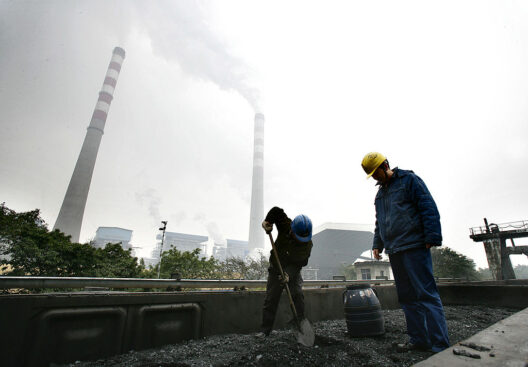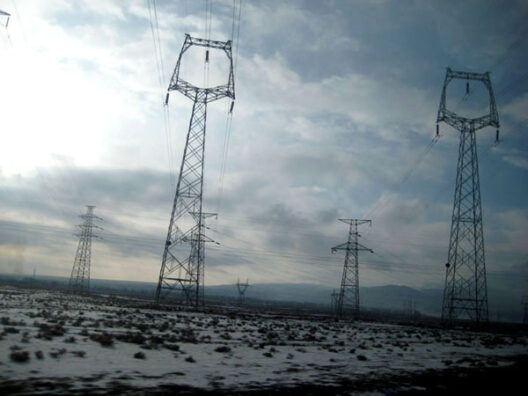Understanding the concept of energy conservation is fundamental to a plethora of scientific disciplines, particularly physics. The expression ‘Conservation of Energy’ encapsulates a principle that asserts energy cannot be created or destroyed; it can only change forms. This foundational concept is pivotal not just in theoretical discourse but also in applicative realms such as engineering, environmental science, and even daily life.
The conservation of energy operates as a stringent law within the framework of classical mechanics. It is predicated on the idea that the total energy within an isolated system remains constant. This principle echoes throughout various physical phenomena, from the mundane mechanics of a rolling ball to the complex interactions within ecosystems. By dissecting the essence of energy conservation, one can unravel its implications across distinct domains.
Forms of Energy and Transformations
To grasp the full import of energy conservation, one must first appreciate the myriad forms of energy. Broadly speaking, energy can be categorized into kinetic, potential, thermal, chemical, electric, nuclear, and more. Kinetic energy refers to the energy of motion, substantial in mechanical systems. In contrast, potential energy is stored energy, possessing the capacity to convert to kinetic energy under the right circumstances. A quintessential example is that of a pendulum; at the highest point of its swing, it possesses maximal potential energy, which transgresses into kinetic energy as it descends.
Energy transformation is a frequent occurrence in nature. Consider a hydroelectric dam where gravitational potential energy of water is transmuted into kinetic energy as it flows down the dam. This kinetic energy is subsequently converted into electrical energy via turbines. Such transformations exemplify the principle of conservation: the initial potential energy is equal to the sum of kinetic and electrical energy when all energy losses (due to friction, for example) are accounted for.
Implications for Engineering and Technology
In the realms of engineering and technology, the conservation of energy plays a vital role in designing efficient systems. Engineers employ this principle to develop machines that maximize energy efficiency by minimizing waste. For instance, the design of more efficient combustion engines has been encouraged by this principle, aiming to convert a greater portion of fuel energy into usable work while reducing the emission of pollutants.
Moreover, renewable energy technologies, such as solar panels and wind turbines, are direct embodiments of energy conservation principles. By harnessing natural energy sources and converting them into usable electric energy, these technologies reflect a growing imperative in energy science. They underscore the importance of sustainable practices to ensure that energy conservation does not merely exist in theory but is actionable in our daily consumption habits.
Environmental Significance
The conservation of energy has profound environmental implications. With increasing concerns regarding climate change and ecological degradation, understanding energy conservation is imperative for developing sustainable practices. Energy consumption directly correlates with pollution and resource depletion. Thus, embracing energy conservation can significantly mitigate environmental impact.
By adopting energy-efficient technologies, utilizing renewable resources, and engaging in mindful consumption, societies can work toward reducing their carbon footprint. For example, implementing energy-saving measures such as LED lighting and high-efficiency appliances can lead to substantial energy savings, directly benefiting both the economy and the environment. Such measures represent a commitment to not only conserving energy but also to fostering ecological resilience.
Everyday Applications
The principles of energy conservation are not relegated to scientific laboratories or industrial sectors; they find resonance in everyday life. From the simple act of turning off lights when leaving a room to using public transport, individuals can contribute to energy conservation efforts. Notably, activities like cooking and heating can be optimized to reduce energy consumption dramatically. Utilizing pressure cookers, for instance, is a strategy that harnesses energy efficiently by minimizing the time and energy required to prepare meals.
Moreover, the sharing economy, which encourages resource sharing over ownership, aligns perfectly with the ethos of energy conservation. Car-sharing services and community-based fridges exemplify how collective consumption can lead to diminished energy usage, propagating the conservation principle further across social and economic spheres.
Conclusion
The conservation of energy is a pivotal concept that underscores many facets of our existence, from intricate systems in nature to our day-to-day activities. It embodies a principle that transcends mere physics; it reflects a holistic understanding of sustainability and responsibility. The future of our planet hinges on how effectively we can internalize this principle and effectuate positive change in our consumption patterns, technological advancements, and policy formulations. By adopting an ethos of energy conservation, societies can tread a path toward an ecologically sustainable future. Understanding and applying the principles of energy conservation is indeed a monumental step in addressing contemporary challenges and securing a livable planet for future generations.






